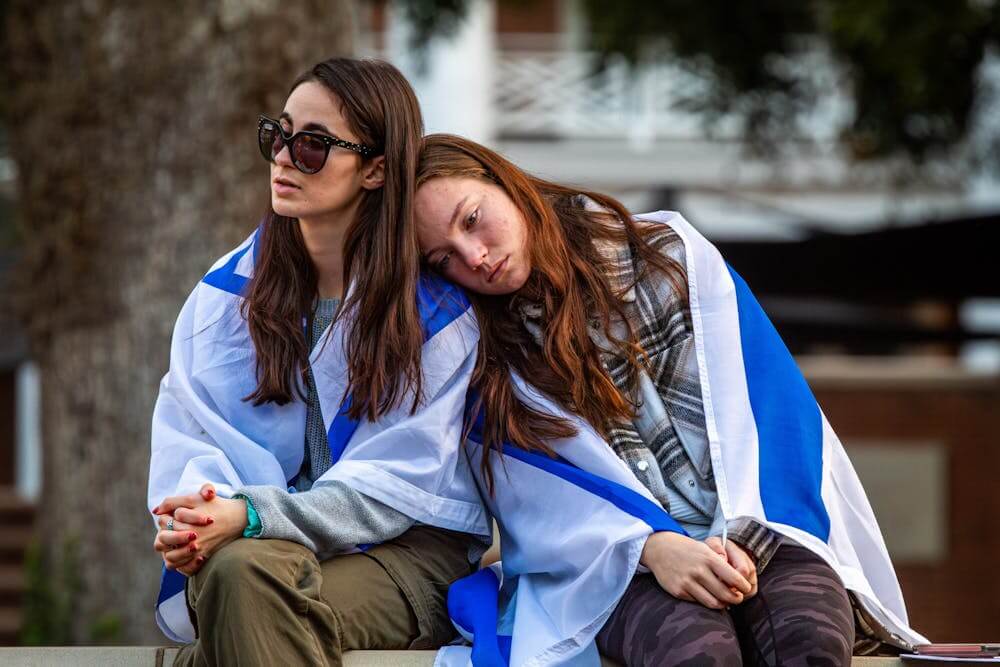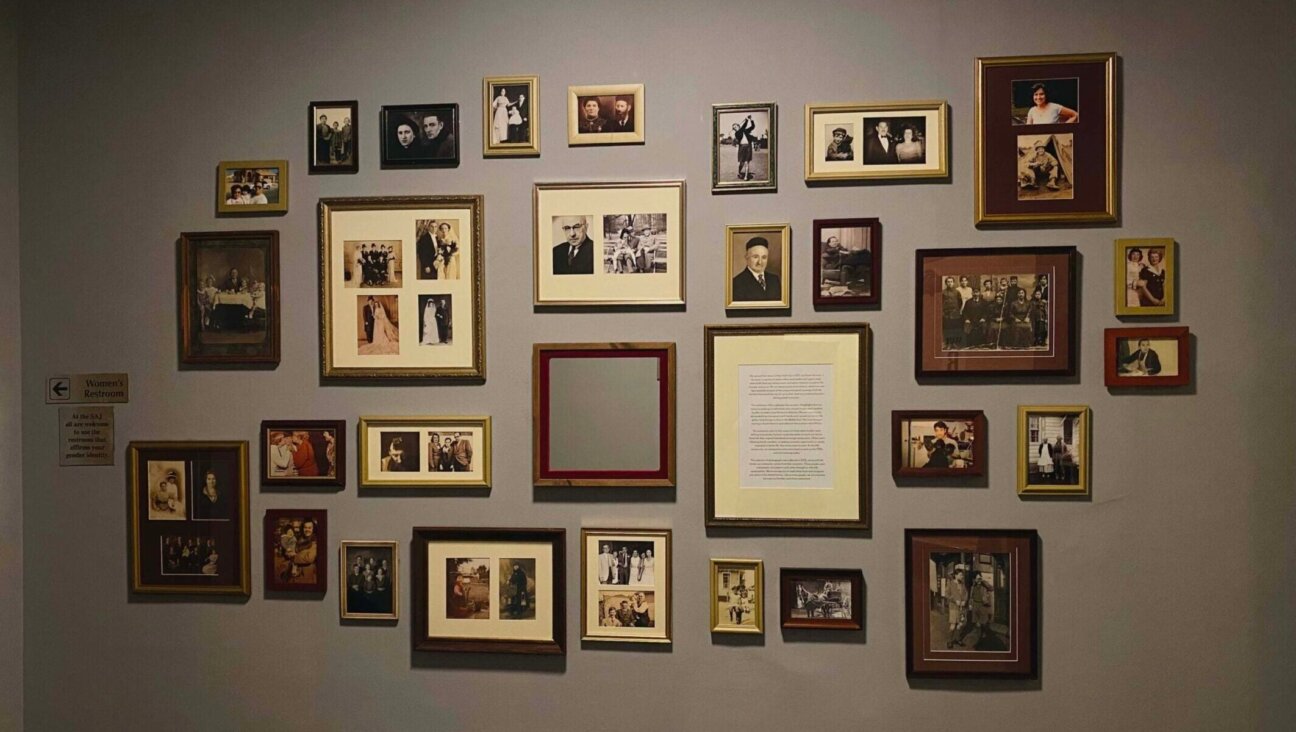Jewish Faces in a Changing America: The Numbers Speak for Themselves
America is changing rapidly. If American Jews don’t grasp the significance of these changes, then we just might be left in the dust one day, notwithstanding our remarkable success to date.
America has played a unique role in the life of the Jewish people, particularly in the postwar era. That role, simply put, is irreplaceable, but it is by no means guaranteed. We can never afford complacency, nor assume confidently that today’s policy — say, toward Israel — will necessarily be tomorrow’s.
One way of appreciating the changes at hand is demographic. The total American population in 1954 was just over 160 million, 87% of which was classified as white, 10% as black and just under 3% as Latino.
In 2000, according to the U.S. Census Bureau, the population had risen to 282 million. Of this number, 69% were white, 12.7% black, 12.6% Latino and 3.8% Asian.
And, by 2050, again according to the Census Bureau, the American population is expected to reach 420 million. The breakdown will be 50% white, 24.4% Latino (“of any race”), 14.6% black, 8% Asian and 5.3% “other.”
Another way of looking at the changes is through religious affiliation and practice.
We have come a long way from the America described in Will Herberg’s 1955 classic, “Protestant-Catholic-Jew: An Essay in American Religious Sociology.” At the time, 67% of Americans identified as Protestant — primarily members of mainline denominations — 25% as Catholics, 4% as Jews and 4% as “other” or ”none.”
Within the Christian population today, the number of Catholics has grown, largely due to immigration from Latin America. But many Latinos, nearly one-fourth according to a recent survey, identify with evangelical churches.
Indeed, evangelical Protestants now appreciably outnumber mainline Protestants. While American Baptists, Episcopalians, Lutherans and Presbyterians are declining in number, groups like the Assemblies of God, Pentecostalists and Southern Baptists have experienced rapid growth. So, too, have the Mormons.
Buddhists, Hindus, Muslims, Sikhs and Taoists, barely visible in America 20 years ago, are today a presence.
Meanwhile, Jewish numbers are, at best, static.
But it’s not just about numerical trends.
America is an increasingly religious country. According to Harvard professor Diana Eck, “We the people of the United States now form the most profusely religious nation on earth.”
If only 4% of Swedes attend church weekly, the comparable number in the United States, according to one survey, is 44%. And whereas just 13% of the French said religion was very important to them, more than half of Americans replied affirmatively.
A third way of looking at the shifts in America is through the lens of the Electoral College.
Whereas 62% of the American population lived in either the Northeast or the Midwest in 1900, by the year 2000, according to the U.S. Census Bureau, 58% lived in the South or West.
In 1952, there were 531 votes in the Electoral College. New York had by far the largest contingent, 45. Pennsylvania and California each had 32 votes. Illinois had 27, Ohio 25 and Michigan 20. (Florida had 10, the same number, incidentally, as Kentucky and Louisiana.)
Compare that with 2004. California has 55 of the current 538 votes, or more than 10%. Texas ranks second with 34 votes. New York has decreased from 45 to 31. Florida has jumped from 10 to 27 and will soon overtake New York. Pennsylvania, Illinois, Ohio and Michigan have all dropped substantially. On the other hand, states like Arizona, Colorado, Georgia, Nevada and Washington are growing in political strength.
What does all this mean for American Jews?
First, our percentage of the American population, which peaked at nearly 4%, is declining and may not be much more than 1% by mid-century, barring unforeseen developments.
Second, other groups, whose numbers and political savvy are growing, will be seeking a greater share of what is ultimately a finite political pie.
Third, the natural inclination of these groups, be they Latino, Asian, African, Arab or Caribbean, will be to seek to exert influence on those domestic and foreign policy concerns of greatest importance to them.
Fourth, whether Jews are entirely comfortable with the trend or not, the growing religiosity of Americans is a fact with which we must contend, as it has profound political, social and cultural implications for the country, and for minority communities like our own.
And fifth, the center of gravity of political power is shifting. Southern and Western strategies are increasingly the name of the game. Our work is cut out for us in those states where our numbers are small or our organizations perhaps not as strong as elsewhere.
Does all this mean that Jews are doomed to eventual political irrelevance? Absolutely not. Our impact on decision-makers and public opinion has never been determined by numbers alone, but by many factors. And our experience at the American Jewish Committee is that many ethnic and religious communities seek, for a variety of reasons, to collaborate with Jewish organizations.
Nevertheless, American Jews will have to become even more adept at the field of interethnic and interfaith diplomacy, building ties with other communities based on mutual understanding and mutual interests. Coalitions are the name of the game, and they require both acute sensitivity and well-honed skills of negotiation and compromise.
We must constantly cultivate friends committed to such bedrock issues as the special American-Israeli relationship and the proper balance between religious freedom and church-state separation. And as the country’s population surges and diversifies still more, we have an immense stake in ensuring that America’s remarkable experiment in democratic pluralism and tolerance continues to prosper.
To borrow a phrase, forewarned is forearmed, or at least it ought to be.
David Harris is executive director of the American Jewish Committee.















